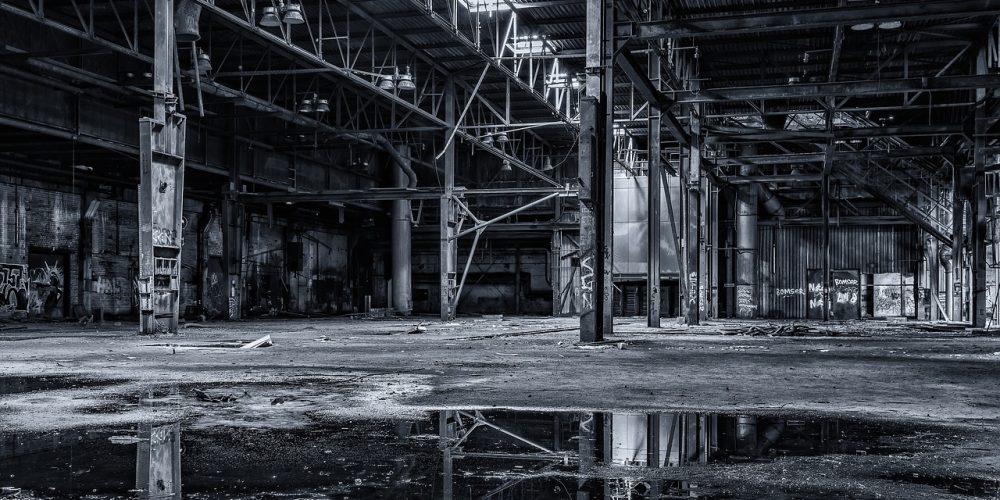

Ah adventures in property investing and ownership. They have their ups and downs…
One of these unfortunate downs is if you find out that your home or building has been affected by wet rot. So, what is wet rot then?
Wet rot is when the wood within the home starts to break down and decay as a result of being exposed to moisture. Wet rot can occur in any wood in the home, but is more common along crawl spaces, bathrooms and potentially anywhere a water pipe may be.
So whether you have a leaky roof, leaky pipe, or other issues with moisture within or around the home, your timber will be more susceptible to being a breeding ground for these spores.

Photo Credit: Peter Cox
Wet rot can present itself in a variety of ways, so as a disclaimer if you think you may have wet rot or dry rot (we will touch base on this later) you will want a professional to fully assess the damage.
Timber that is affected by wet rot may present itself as covered in fungus or other moulds and have a general appearance of breaking down. If floorboards or subfloor is affected, it may feel soft and have some give to it when you walk over it.
The more advanced the rot is, the further the wood will appear in decay. It is also very common that if the wet rot progresses it may have a moldy odor. If you touch the exposed wood, it may also be crumbly and break up a bit. If you cannot see the wood, but see paint chipping away in certain spots, that may be a sign of damage underneath.
Given that wet rot (and dry rot) affect timber, it is safe to say damage is done wherever there may be wood. It is the extent of the damage that is the real problem.
This means wet rot can cause floors to cave in, roofs to collapse, and possibly walls to simply give in. If wet rot goes too far, the structural damage it can cause can make the home unlivable
Aside from structural damage, wood rot can also be hazardous to your health. The mix of moisture and fungus/spores for the different rot types can often cause respiratory issues and can aggravate conditions such as asthma.
Wet rot is best fixed by having it properly surveyed and identified by a professional. A professional will be able to state the extent of the damage so the best course of action can be taken. Improper treatment will simply lead to more charges later in terms of needing to address more damage.
During the survey, the source of the rot will be identified. This will be a main cause of concern and can vary in cost to fix as if there are leaky pipes they may need to be replaced or better insulated, if it was a past burst pipe with no new leaks, then it could be a cheaper fix.
The rotten wood will be removed and replaced after that. During this process it is possible for more damage to be found in terms of main structure and support within the house. During the wood replacement it is often a good idea to ensure all sources of moisture are fixed as well so the new wood does not suffer the same fate.
Dry rot is another wood damage that may be mistaken for wet rot, but may often be more severe in terms of damage it can cause. Dry rot will have more yellow-ish sports and often has deeper cracking than the spongy crumbly wood with black spores that wet rot has.
Dry rot is more serious but occurs less frequently than its cousin. Wet rot has the tendency to occur in situations where moisture sits around 50% and dry rot will occur around 20% moisture.
No matter the rot type, both are very serious with the main differences mostly being the type of spores present and how quick damage can be done before being noticed.
Dry rot follows a similar process to fixing that wet rot does, but rather than just replacing the wood and moisture source, wood will need to be replaced and areas also treated with fungicides to ensure all spores are killed off and better ventilation will need to be put in place to prevent future rot.
Company Address
Pearl Lemon Properties
34-35 Strand, Charing Cross, London WC2N 5HY
Contact Detail
UK: +442071833436
US: +16502784421
© All Rights Reserved | Company Number: 10411490 | VAT Number: 252 7124 23